Shredded cabbage ferments with radishes, scallions, and ginger for a homemade, Paleo-friendly kimchi rich in gut-healing probiotics.
When cabbage sits in a spicy combination of sugar, garlic, and seasonings for a few days, it transforms into a probiotic-rich dish called kimchi that earns its title as a superfood! The magic is done on its own with very little tending to, making kimchi an easy way to get the tangy, sweet and spicy dish you’ve been craving.
This Paleo recipe uses radishes as an extra veggie, but shredded carrots or even apple works well too. While traditional kimchi calls for fish sauce, many store-bought versions contain MSG or preservatives. If you can’t find a Paleo-friendly fish sauce, add coconut aminos instead to achieve that umami flavor. Korean ground red pepper brings the bold flavor of kimchi, but ground cayenne pepper or red chili flakes will add a similar spiciness. Finally, coconut sugar is used to balance the tanginess of the garlic, ginger, and scallions.
Want to go Paleo? Not sure where to start?
Start with this FREE Paleo For Beginners Guide Today!
Kimchi benefits at a glance:
- High in Vitamin A and Vitamin C to reduce free-radical damage and improve skin.
- Probiotics balance gut flora, boosting immunity and lowering the incidence of allergies and certain illnesses.
- Anti-inflammatory ingredients like ginger and garlic help lower cancer risk by eliminating pathogens.
Start by combining shredded cabbage and sea salt in a large mixing bowl. Use clean hands to mix in the salt and squeeze the shredded cabbage. This helps draw out the moisture while tenderizing. Let the cabbage sit at room temperature for 1 hour, squeezing every 20 minutes. Add the remaining ingredients and mix well.
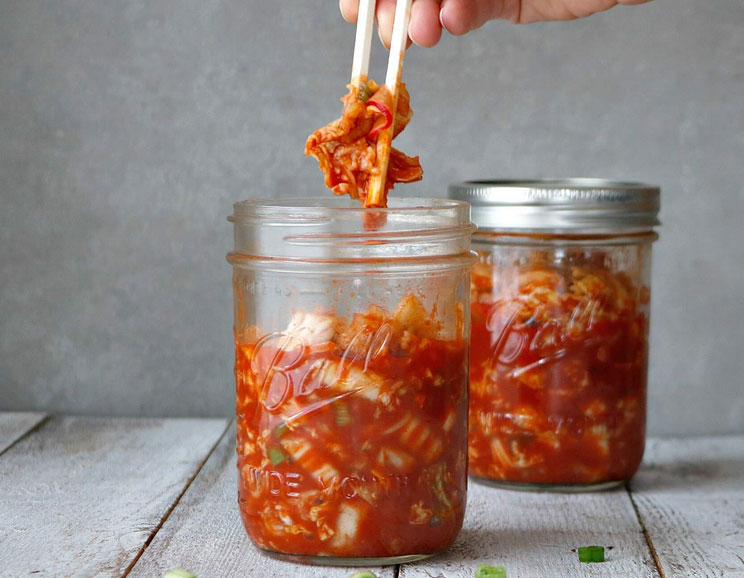
An important part of making kimchi is to use clean, sterilized glass jars. You can do this by boiling the jars in hot water for 10 minutes. Pack the kimchi into two sterilized mason jars, leaving 1-2 inches at the top to allow for moisture to release. Place the jars in a cool, dark spot and let them sit for 2-5 days. Check on your kimchi periodically, using a clean spoon to press down the cabbage to keep it submerged in the brine that forms. Be careful when opening the jar since it’s fermented it’s similar to opening a fizzy drink and prone to overflowing. After two days, start tasting the kimchi, and let it sit for longer if you’d like it a little stronger.
When the kimchi is to your liking, store it in the refrigerator to slow fermentation. It will last up to 3 months. Enjoy your kimchi with eggs for breakfast, in tacos, or even on Paleo pizza!
Easy Gut-Healing Kimchi Recipe
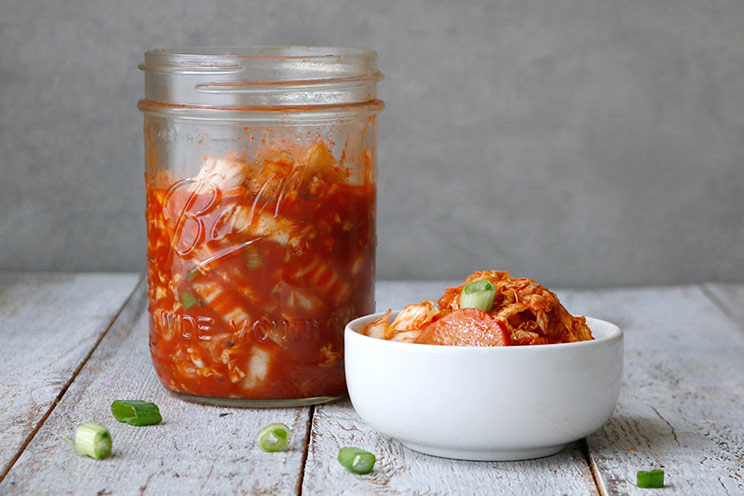

Easy Gut-Healing Kimchi Recipe
Tools
- Large mixing bowl
- 2 16 oz mason jars, sterilized
- Wooden spoon
Ingredients
- 1 head of Napa cabbage, shredded (approx. 6 cups)
- 1 t sea salt
- ½ cup radish, thinly sliced
- ½ cup scallions, thinly sliced
- 1 t garlic, minced
- 1 T ginger, minced
- 2 T coconut aminos or Paleo-friendly fish sauce
- 1 T coconut sugar
- ¼ cup Korean red pepper flakes (ground cayenne pepper or red pepper flakes will work too)
Instructions
- Place the shredded cabbage in a mixing bowl and stir in the sea salt. Squeeze with clean hands to tenderize the cabbage.
- Let the cabbage sit for 1 hour to draw out the moisture, squeezing again every 20 minutes.
- Add the remaining ingredients and stir well.
- Transfer the mixture into the jars, packing in well with a wooden spoon. Leave 1-2 inches at the top.
- Close the jars tightly and set aside at room temperature to ferment for 2-5 days, periodically pushing the kimchi down with a clean spoon.
Note: Kimchi should taste tangy but never rancid. If your kimchi tastes off, throw it away as this is a sign that bad bacteria came in contact with the mixture.
Looking for Paleo ingredients? Here’s what we recommend:
Coconut sugar (Wholesome)

(You’ll Also Love: Easy, Healthy Sauerkraut Recipe)


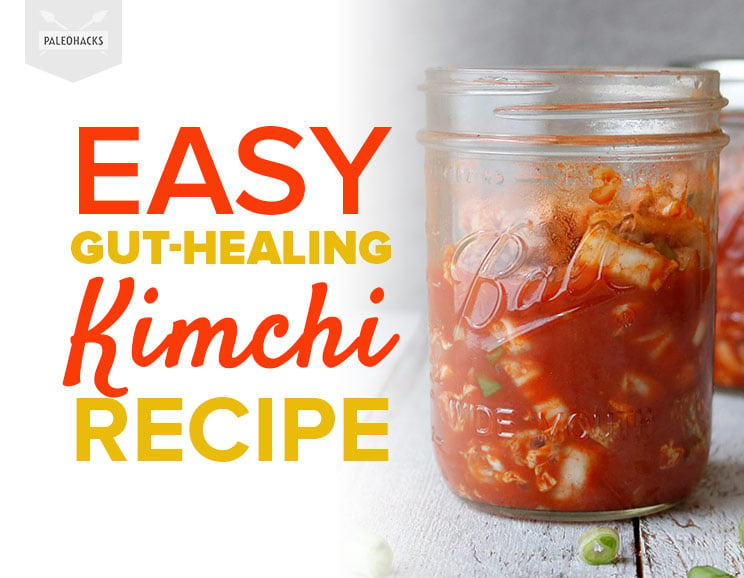




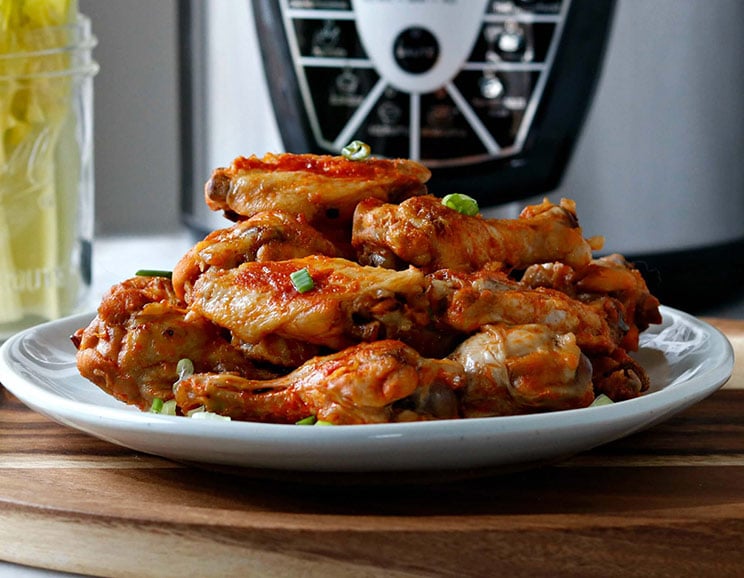 Easy Instant Pot Buffalo Chicken Wings
Easy Instant Pot Buffalo Chicken Wings
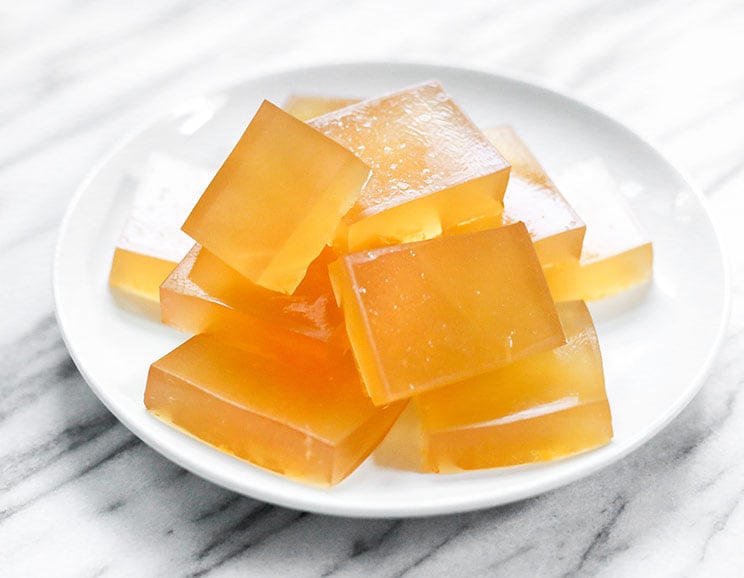
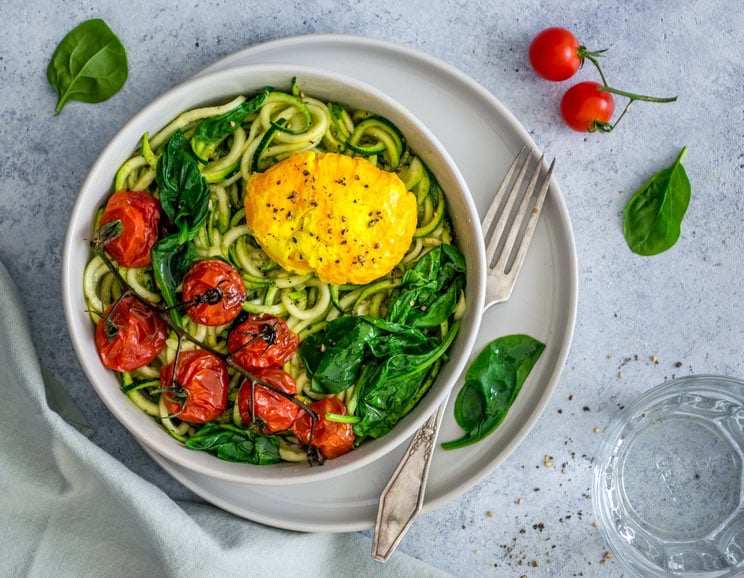
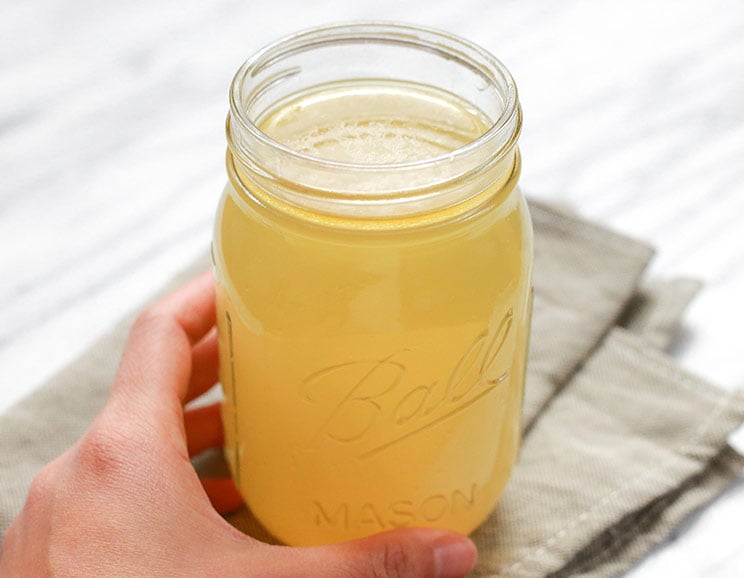
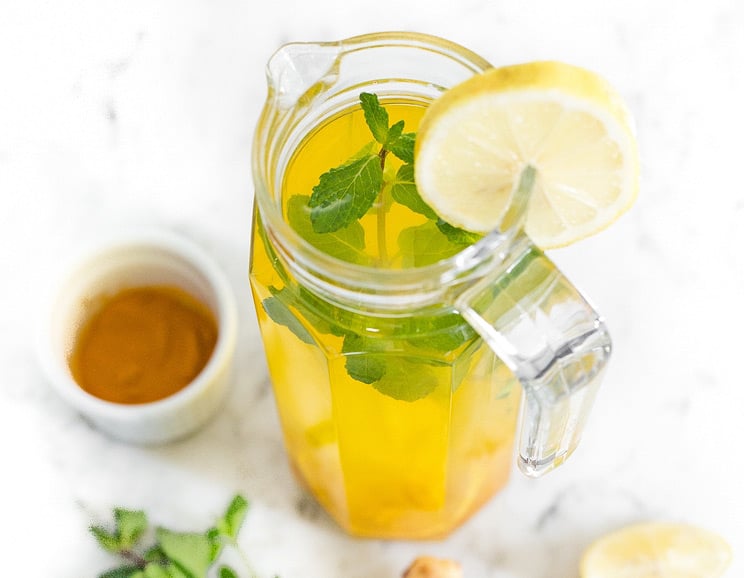

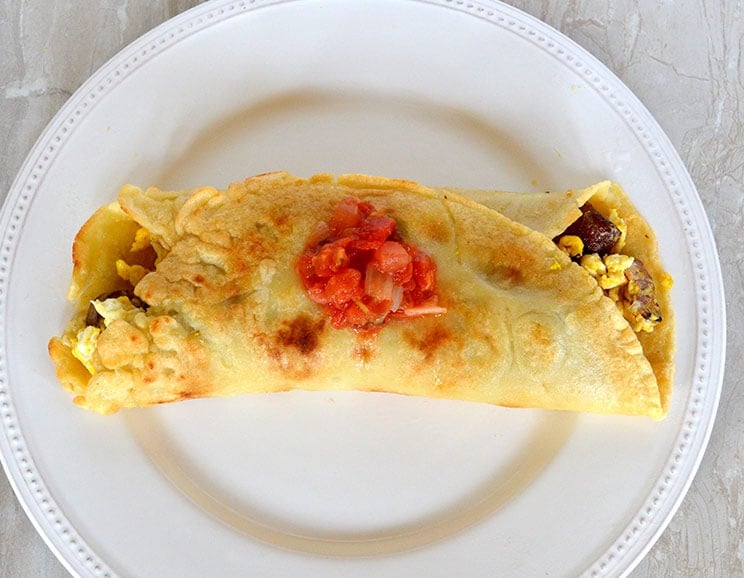

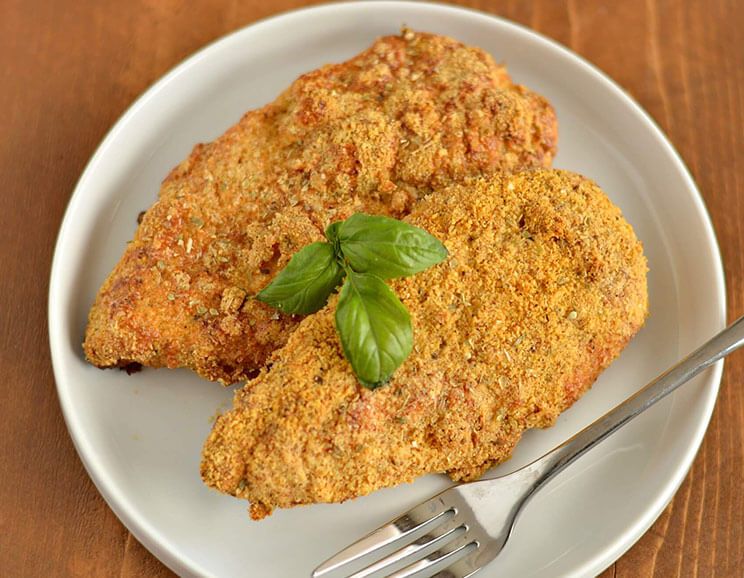
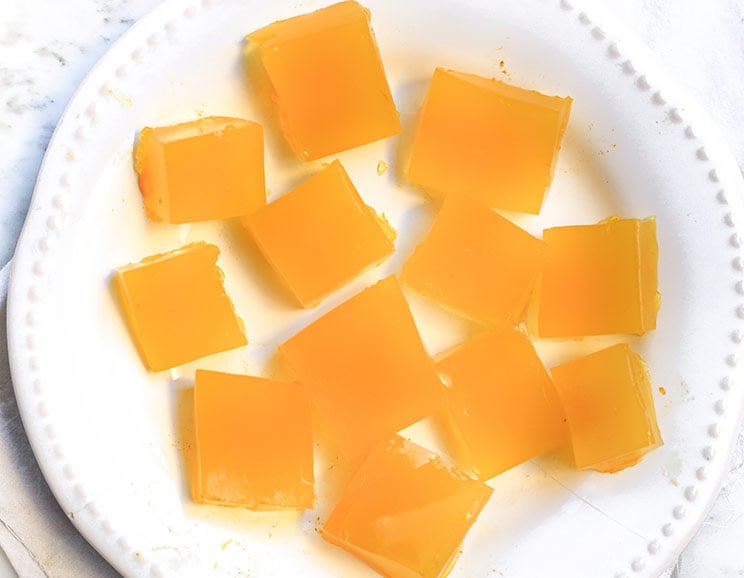
Show Comments